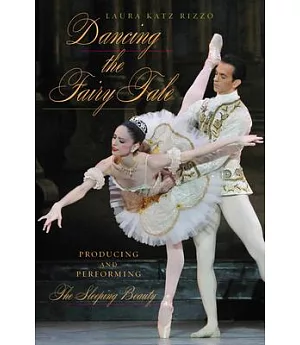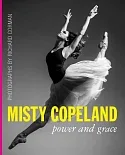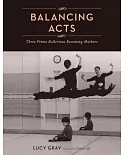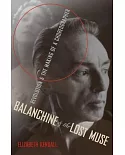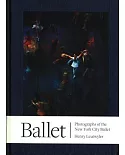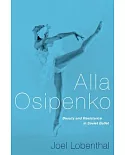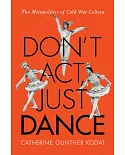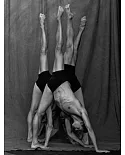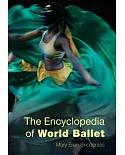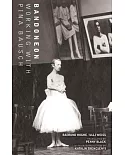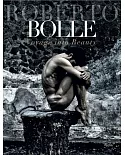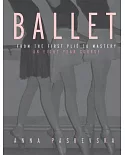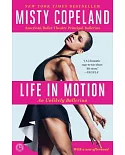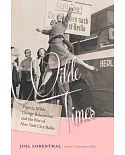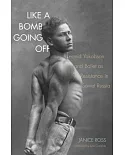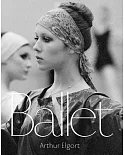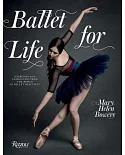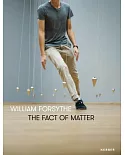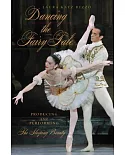"Dancing the Fairy Tale offers a new historical perspective on the development of the art of ballet and the pivotal roles women have played as performing artists, directors, and producers.
Using The Sleeping Beauty as her vehicle, Laura Katz Rizzo debunks the prevailing historical narrative that ballet’s evolution has been linear and dominated by male choreographers and
directors, effectively arguing that the ballerina is an integral part of the creative process. Well written and extensively researched, Dancing the Fairy Tale will be a welcome addition to any
balletomane’s library and an excellent text for courses in dance criticism, dance history, and women’s studies."---Rory Foster, Professor Emeritus at DePaul University and author of Ballet
Pedagogy: The Art of Teaching
"Laura Katz Rizzo addresses omissions in the literature on ballet historiography by using the perpetuation of the `canon’ itself to critique the exclusion of the voices of women whose labor
constructs the canon. Her consideration of the production and reception of The Sleeping Beauty in particular contexts provides the framework for tracing and retrieving unwritten stories.
Dancing the Fairy Tale is a fascinating study in women’s creative contribution to ballet production."---Jennifer Jackson, Senior Lecturer in Dance at the University of Surrey
In Dancing the Fairy Tale, Laura Katz Rizzo claims that The Sleeping Beauty is both a metaphor for ballet itself and a powerful case study for examining the art and the variables surrounding
its production, performance, and reception. Using Marius Petipa and Pyotr Tchaikovsky’s classical ballet---specifically as it was staged in Philadelphia over the course of nearly seventy
years---Katz Rizzo looks at not only the gendered nature of women staging, coaching, and reanimating this magnificent ballet but also the ongoing push-pull between tradition and innovation
within the art form

